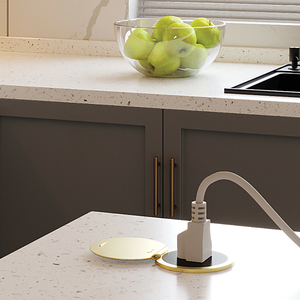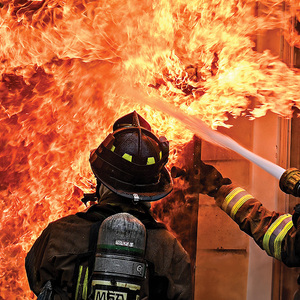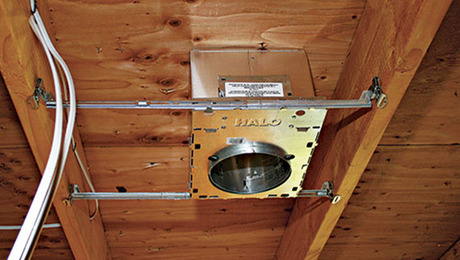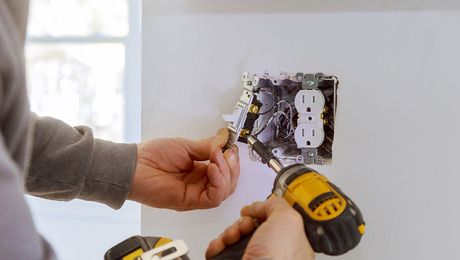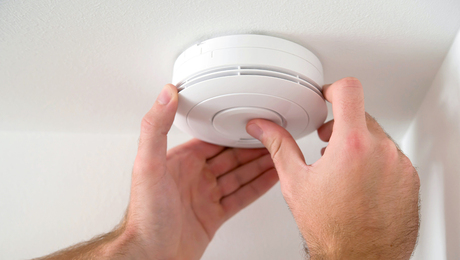A Guide to Exterior Lighting
Safety, security and aesthetics all play an important part in illuminating the outside of your house.
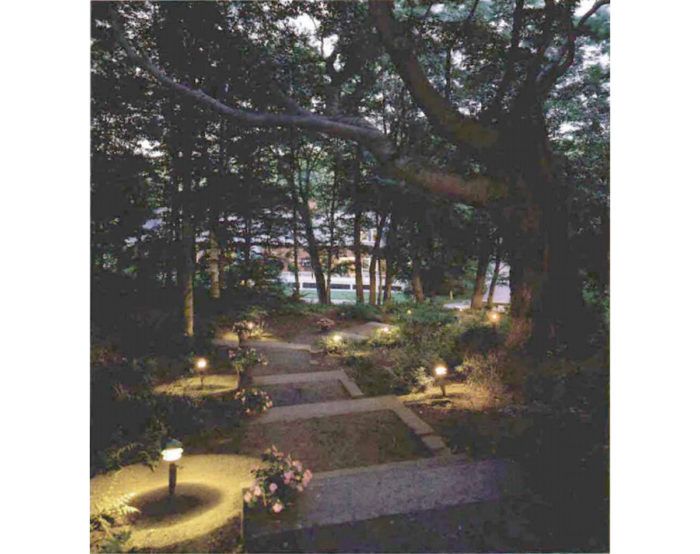
Synopsis: This is an overview of how to use lighting outside. The author covers aesthetic, safety and security considerations that are central to designing an outdoor lighting plan and discusses lighting placement and types of available fixtures.
Life hasn’t been the same since Edison invented the light bulb. This handy source of light allows us to work, play and sleep without regard for the daily cycles of the sun. After the sun goes down, we can shine a light when things go bump in the night. With the proper illumination, we can change the exterior of our homes, too. Lighting allows you the rare opportunity to control the views of your house and your garden, to highlight your favorite elements and to create a setting different from the one seen during the daytime.
A few well-placed lights can make patios, gardens and porches more lively, and can show guests a safe, inviting path to your front door. The most successful lighting plans discover critical locations for lighting and combine them with appropriate fixtures, creating patches of slightly brighter light in key locations while providing enough light between them to avoid intense contrast.
Use less light for better visibility when lighting for safety
Quantities of light given off by a light source are called lumens. The light output of lighting fixtures is usually measured in footcandles; 1 footcandle is equal to 1 lumen cast per sq. ft. of surface. The amount of light outside on a typical sunny day can measure between 5,000 footcandles and 10,000 footcandles. In comparison, the average living room has about 30 footcandles of light. But it takes little light to make a big impact in outdoor lighting. For example, a full moon provides 0.2 footcandles of illumination but still gives most of us more than enough light to get around. Our eyes adjust well to the dark, so providing too much light can create a glare that makes it hard to see.
Exterior lighting should provide a gentle transition from darkness outside to brightness inside and vice versa. This is particularly important for older people. As we age, our night vision becomes poorer, and we have more difficulty determining depth.
Typical lighting levels in an exterior residential-lighting plan range from about 0.25 footcandles to 15 footcandles, although most plans won’t require much more than 8 footcandles on one particular surface. Most lighting catalogs have charts that list the light output of their fixtures in footcandles. The actual number of footcandles required in any location will vary. If the surrounding area is fairly bright, more light will be required to illuminate a surface or object. The reflectance of the object — how much light bounces off it and back to your eye — also affects the amount of light needed. A black-asphalt driveway requires more light than a white-concrete one does.
For more photos, drawings, and details, click the View PDF button below:


